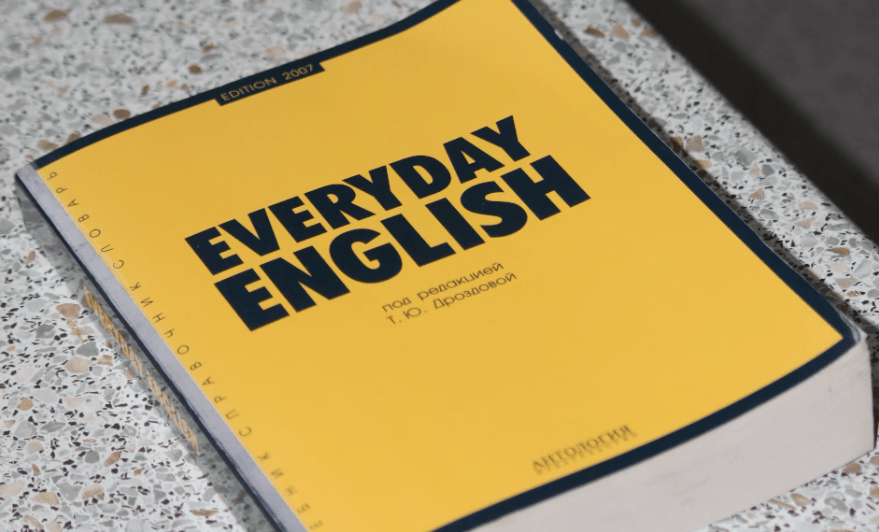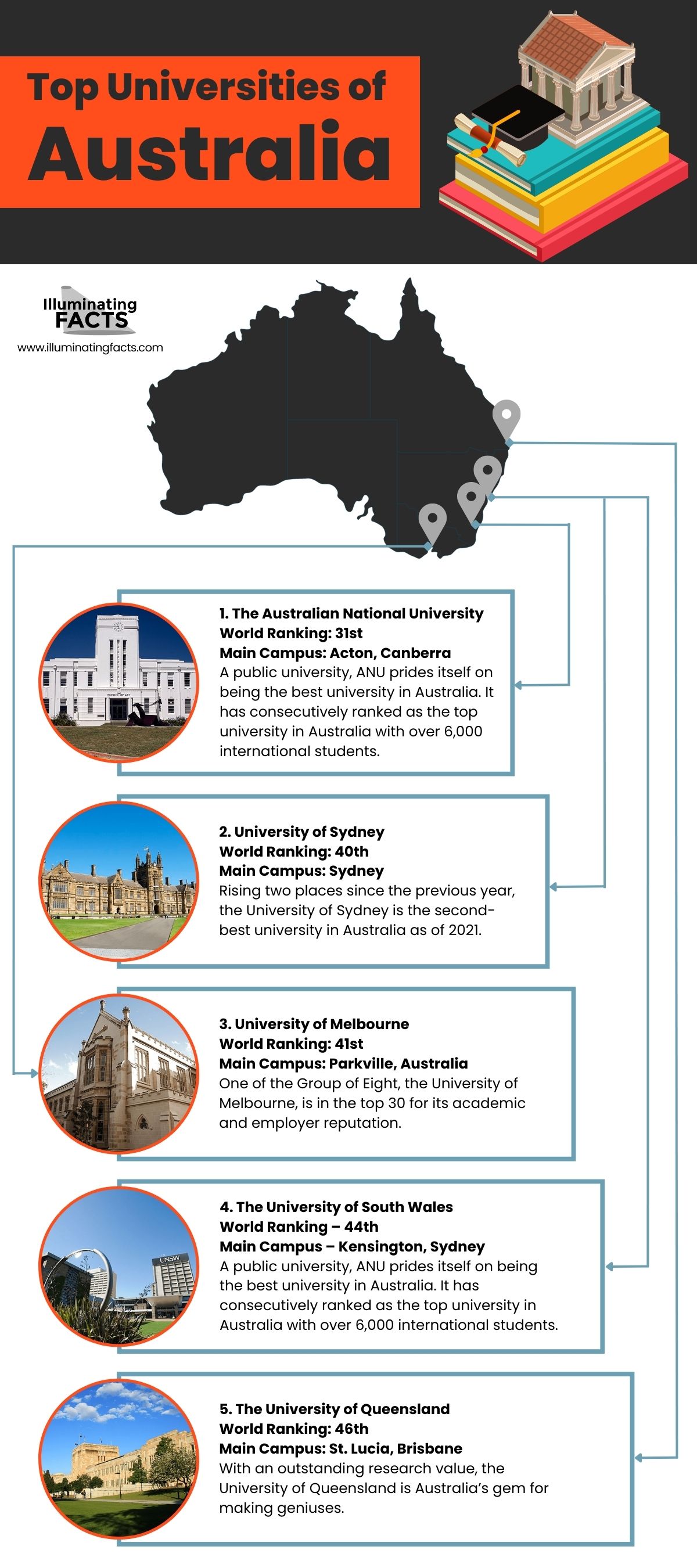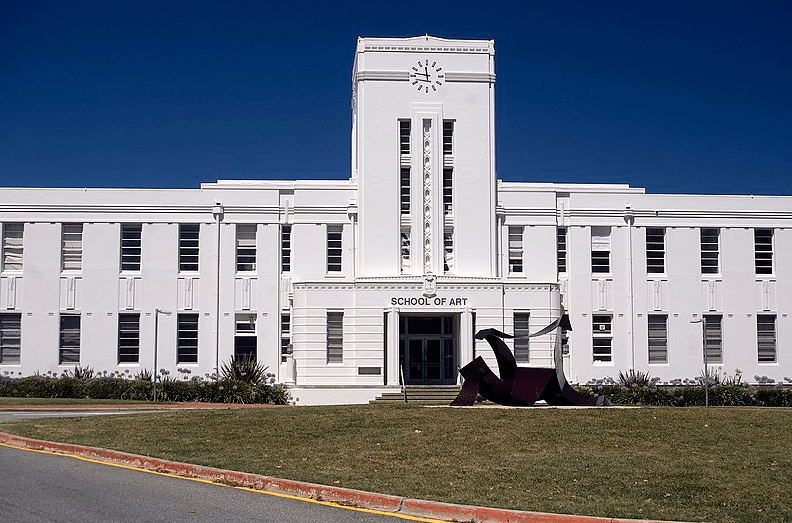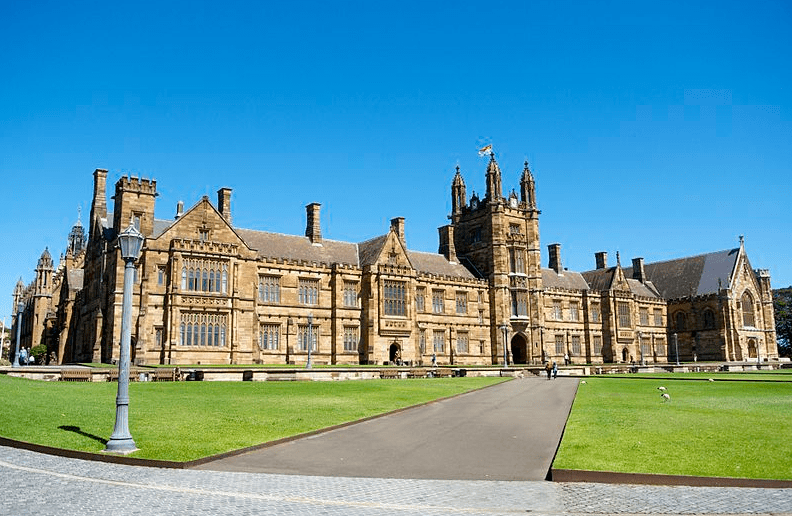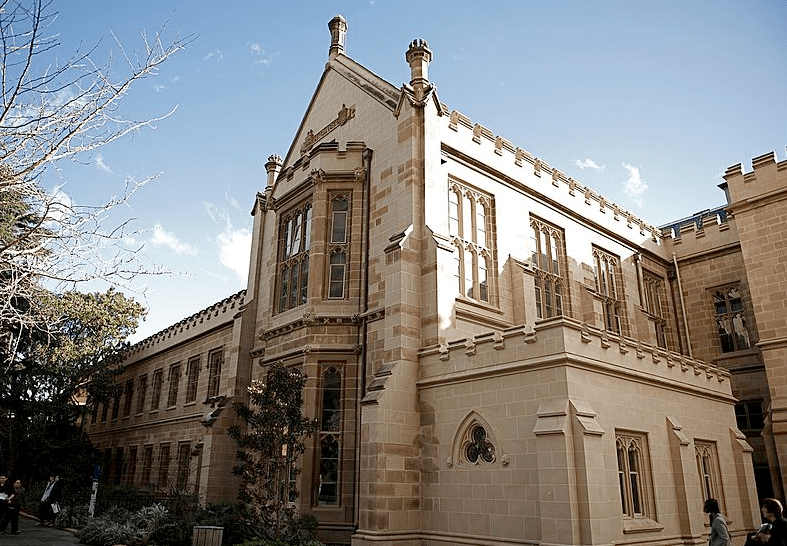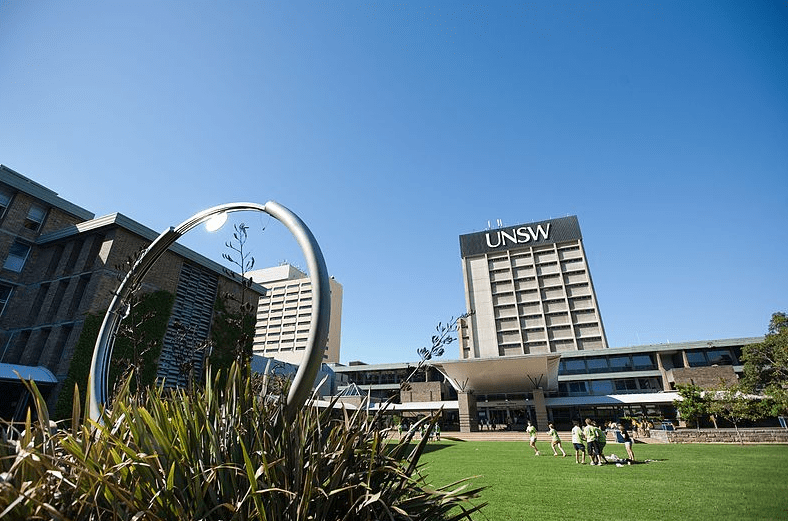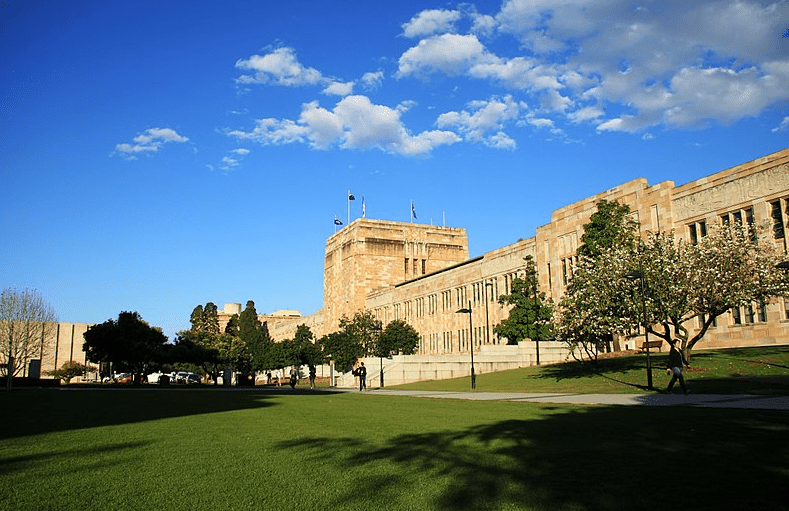Table of Contents
Now that you know about the basics of applying for Australia, it is time to think about settling in. We have mentioned that you can apply for a temporary visa in different ways to lead to permanent citizenship later on. One of the most common among those ways is by applying via a student visa. In 2018 alone, there were 876,399 enrollments, including 693,750 by international students, which was a 10.1% increase compared to the stats in 2017[i].
In addition, teenagers and even middle-aged people worldwide apply for scholarship programs or regular courses to continue their academic journeys. Seven Australian universities rank in the top 100 universities of the world. Therefore, it is no wonder that so many people choose Australia to get their higher education.
Basic Requirements
According to the yearly QS World University Rankings, 36 Australian Universities have made places in the list. New South Wales has ten, while Queensland and Victoria each have seven universities to their credit. These lists are prepared to keep in mind the academic reputation and research impact. You can apply for a university from your own country, and the process goes side by side with the visa process.
As mentioned earlier, the visa we are talking about is the Student Visa (Subclass 500). We have enlisted the basic requirements that you will need to get your visa approved so that you can settle in without any problem:
1. Genuine Temporary Entrant (GTE)
Introduced in 2011, this clause evaluates whether the applicant is eligible to get a temporary stay in Australia or not. The authorities decide the authenticity of the applications and other factors like the affairs in one’s home country, the value of the chosen study course, and a person’s overall immigration history[ii].
The procedure ensures the security of the Australian citizens and the circumstances that the applicant might have to face while staying in Australia. The applicant may be interviewed in an Australian embassy, but sometimes all you have to do is fill out a form correctly.
2. Australian Student Visa Application Form
The most significant clause on a student visa application form will be the proof that you have been selected in a particular university. This clause means that while you were checking your eligibility just for applying for a student visa, you must also keep tabs on a university of your choice and their admission schedules. Australia is a welcoming country, but they have provided strict guidelines that students must follow at all costs if you wish to stay in Australia.
Before applying for a particular course, keep in mind that the course must be registered under the Commonwealth Register of Institutions of Courses (CRICOS)[iii]. It is advised to check out their website before deciding. It could also be helpful if you are still in doubt about the course you want to pursue.
You can change your course after getting visa approval with help from your university. But to change a course from a higher level to a lower level, you must get a new visa. You are not required to apply for a new visa if you change a course from a Ph.D. to a master’s degree.
Additional Requirements
Apart from the legal requirements, you will have to provide substantial evidence regarding your finances, health, and language proficiency. Your stay in Australia heavily depends upon the following factors:
1. Financial Requirement
We have already given you an estimated cost of a student visa in the previous chapter. However, the financial statement asks for more than just the visa cost. It asks you to show your capability to cover the expenses during your stay in Australia. It includes traveling, living costs, and tuition fees.
As of February 2018, the total amount was AU$20,290 (~US$13,750) for a year. If you are taking a dependent person with (child, spouse, or guardian), you will have to prove expenses for them. Alternatively, if your parents or spouse is willing to support your studies, you will have to prove their annual earnings to be a minimum of AUD 60,000, which is approximately USD 40,660.
2. English Proficiency
As explained in the previous chapter, applicants must take proficiency tests to prove that they know the English language up to the required level. The minimum score that one should get depends on the course of studies they have chosen. The most common tests worldwide are IELTS, TOEFL iBT, Pearson Test of English (PTE) Academic, and Cambridge Advanced English (CAE).
3. Health and Character Requirement
Applicants who wish to pursue their studies in the field of medicine may have to provide a certificate of health. Then, they must be checked by a doctor who the Australian immigration department verifies. The doctor’s report is attached with the visa application. Also, it is mandatory for students from all countries (except Norway and Belgium) to purchase the Overseas Student Health Cover (OSHC). Students can avail it via their universities or directly from any health providers like Medibank Private and Allianz Global Assistance.
Finally, you will be asked to provide a character certificate from the authorities of your home country. It can be in the form of a criminal record report and a penal statement. Participating in any illegal activity while in Australia can result in the cancellation of the visa and a chance of getting a hefty fine.
Top Universities of Australia
Below is an overview of the top 5 universities in Australia and their world rankings[iv]:
1. The Australian National University (ANU)
World Ranking: 31st
Main Campus: Acton, Canberra
A public university, ANU prides itself on being the best university in Australia. It has consecutively ranked as the top university in Australia with over 6,000 international students. In addition, the university offers several scholarships for international and domestic students. It has a student/faculty ratio of 9, making it an excellent choice for anyone wishing to pursue quality education.
2. University of Sydney
World Ranking: 40th
Main Campus: Sydney
Rising two places since the previous year, the University of Sydney is the second-best university in Australia as of 2021. It hails a perfect score for a student/faculty ratio of 13. About 26,000 international students are enrolled in this university. Apart from the main campus, there are a total of 16 campuses throughout Australia as well.
3. University of Melbourne
World Ranking: 41st
Main Campus: Parkville, Australia
One of the Group of Eight, the University of Melbourne, is in the top 30 for its academic and employer reputation. It also has a vast number of international students from around 130 countries. The international students alone make up 42% of the entire student population.
4. The University of South Wales (UNSW Sydney)
World Ranking – 44th
Main Campus – Kensington, Sydney
The University of South Wales laid the foundation for the Group of Eight. It checks out all 50 criteria for a world-class university except the indicator of student/faculty ratio. Nonetheless, more than 21,000 international students study in the university.
5. The University of Queensland
World Ranking: 46th
Main Campus: St. Lucia, Brisbane
With an outstanding research value, the University of Queensland is Australia’s gem for making geniuses. Two Nobel laureates, Peter C. Dogerty and John Harsanyi studied at this university. Academy Award-winning actor Geoffrey Rush is also a graduate of the same university. With over 22,000 international students, the university offers a wide range of scholarships. The university also has a vaccine for cervical cancer to its credit in its latest research.
Scholarship Programs
Every year, many scholarship programs are offered for international students to pursue their studies in Australia without any worry about finances. These scholarships are administered by the Australian government, institutes, and many public and private organizations[v]. You can check them out for eligibility and choose the one that suits you best:
1· Australia Awards
Australia Awards scholarships were designed for partner countries of Australia that are still developing. The reason for this scholarship is to provide capable students from different countries with quality education to bring about positive changes in their homelands. As of 2021, Australia Awards has offered scholarships for 818 students from 20 countries with an estimated cost of AUD 225 million[vi].
This scholarship’s eligibility criteria are not different from regular admission except that students have to leave Australia for a minimum of two years after completing their degree programs. If someone does not comply with this clause, they will be bound to pay the cost of the scholarship spent on them. In addition, students will have to sign a contract declaring their compliance with the scholarship.
The benefits of this scholarship include[vii]:
- Full tuition fee
- Return air travel
- Established allowance for accommodation, textbooks, study material
- Fieldwork expenses
- Overseas Student Health Cover (OSHC)
2· Destination Australia
This scholarship provides an opportunity for international and local students to study in regional universities of Australia. The scholarship was introduced in 2019 with over 300 up for enrollment. It offers tertiary programs of level IV certifications or above to students by spending approximately AUD 15,000 per student annually.
This scholarship aims to introduce foreign cultures in the regional parts of Australia while giving the students an excellent education. The scholarship is available directly via the institutes that are offering them. The offered courses are designed to promote activities that contribute to the growth of regional parts of Australia[viii].
3· Scholarships and Financial Aid for US Students
Students from the US can bring their Financial Aid with them when applying for Australian universities. In addition, many American organizations offer scholarships for American students that are applicable in Australian universities. The most famous among these scholarships is the Fullbright Scholarship that is functional in many countries worldwide. The students must apply for them from their home countries and not in Australia to benefit from these scholarships[ix].
Arrival in Australia as a Student
After getting your student visa approved, you can enter Australia 90 days before starting your study course. Once you have arrived and settled down, you will have to inform your university about your residential address. We will talk about accommodation in the next chapter in detail.
As a student, you are allowed to work up to 40 hours every two weeks. These hours do not include mandatory internships or voluntary community work. During holidays, you can work full-time. Many students opt for getting a job despite getting financial support from guardians. In this way, they save up enough money to spend a little time traveling and sightseeing in Australia. Apart from that, you will have to act like a real student with satisfactory results and attendance during your stay in Australia. Failing to do so may result in the cancellation of the visa.
Teaching Methodology
The Australian education system is quite similar to the American system. However, since students from all over the world apply for Australian institutes, they often find themselves confused about the teaching styles and grading system. Therefore, it is advised that students be aware of Australia’s methodology before applying for any university.
Like most universities around the world, credit hours are assigned to each course that helps maintain the students’ progress and keep tabs on their tuition fees. In addition, credit hours play an essential role in transferring from one university to another or while changing a degree program. Failure to achieve the minimum credit hours may lead to a poor grade.
Australians are amiable and relaxed, but they show no mercy for those who do not follow the rules and regulations. Following the rules is why maintaining good attendance is necessary for students. Students are assigned assignments and other academic work in their weekly hours[x]. For example, if a course has a total of three classes of one hour each in a week, it does not mean that the said course has only three hours to its credit. The teacher may assign extra hours outside the class that students must fulfill to get good grades.
You can tell about the general environment at an institute by the fact that teachers do not pretend to be a know-it-all. Australian teachers may be highly qualified and extremely good at what they do, but they always welcome questions and challenges from their students. They consider it good practice for learning and sharing knowledge.
In many fields like humanities and social sciences, where there is no one correct answer, students can speak about their point of view and share their perspective instead of making do about ideas they don’t follow.
Many countries consider copying from experts an achievement, but plagiarism is not accepted in the Australian education system. Students caught in this offense can be expelled from the class. While the rules are strict, you can be sure you can trust the teaching methodology of Australian teachers as they will provide proper guidelines for doing a task. Students need to know the difference between quoting someone’s work and copy-pasting it as their own. Honestly, plagiarism should be avoided at all costs, no matter the field or task at hand.
Another critical aspect of a student’s academic career is the grading system. While the basics remain the same, some things are unique for every country and even institutes. For example, many students get baffled by the Australian grading system because a D grade does not mean a poor grade but a grade with distinction. All the possible grades[xi] and their American equivalents are compiled below for better understanding:
| Australian Grade | Grade Name | Percentage | GPA | US Equivalent |
| HD | High Distinction | 83-100 | 7 | First Class |
| D | Distinction | 73-82.99 | 6-6.99 | Second Class – Upper Division |
| C | Credit | 63-72.99 | 5-5.99 | Second Class – Lower Division |
| P | Pass | 50-62.99 | 4-4.99 | Third Class |
| N | Fail | 0-49.99 | 0-3.99 | Fail |
The grading system is slightly different for every state of Australia. For example, New South Wales has different grades with a narrower percentage range. The state of Victoria has the most straightforward grading system with A, B, and C grades, similar to the American system with an F being a failure. The rest of the states have more or less identical grading systems.
Internship Programs
First launched in 1998, Australian Internships program purposed to provide the students with easy opportunities to get decent jobs and work experience. For the last 20 years, the program has facilitated 15,000 candidates from 90 different countries[xii]. The application procedure is simple and effective for everyone who wants to apply.
All you have to do is contact the Australian Internship department and send them your relevant documents. They will check your credentials for free, and if you are eligible, they will customize an internship program that suits your field the best. Once the approval part is done and the dues are paid, you must travel to Australia. This internship program directly sponsors the Training Visa (subclass 407) and the Temporary Activity Visa (Subclass 408). They will assist you in getting your visa approved without any hurdles.
The internships can be paid and non-paid, depending on the organization. The period of the internship varies with field and position. You can also land a permanent job if you do well on your internship. Otherwise, the entire experience is worth it.
[i] “The facts and figures of international students in Australia.” Retrieved from https://www.studiesinaustralia.com/Blog/australian-education-news/the-facts-and-figures-of-international-students-in-australia
[ii] Hasna Haider (June 30, 2021), “How to get an Australian Student Visa.” Retrieved from https://www.topuniversities.com/student-info/studying-abroad/how-get-australian-student-visa
[iii] “Commonwealth Register of Institutions and Courses for Overseas Students (CRICOS).” Retrieved from https://cricos.education.gov.au/
[iv] Chloe Lane (May 26, 2021), “Top Universities in Australia 2021.” Retrieved from https://www.topuniversities.com/university-rankings-articles/world-university-rankings/top-universities-australia-2021
[v] “Scholarships to study in Australia.” Retrieved from https://www.studyinaustralia.gov.au/english/australian-education/scholarships
[vi] “Australia Awards.” Retrieved from https://www.dfat.gov.au/people-to-people/australia-awards
[vii] “Australia Awards Scholarship.” Retrieved from https://www.dfat.gov.au/people-to-people/australia-awards/Pages/australia-awards-scholarships
[viii] “Destination Australia.” Retrieved from https://www.dese.gov.au/destination-australia
[ix] “Scholarships for US Students.” Retrieved from https://www.studyinaustralia.gov.au/english/australian-education/scholarships/scholarships-for-us-students/scholarships-for-usa-students
[x] “Teaching methods in Australia.” Retrieved from http://landmarkedu.com/country/australia/australia/teaching-method
[xi] “Australian Grading System Explained: A Complete Guide.” Retrieved from https://www.ozstudies.com/blog/study-australia/complete-guide-to-the-australian-grading-system
[xii] “Australian Internships.” Retrieved from http://www.internships.com.au/



